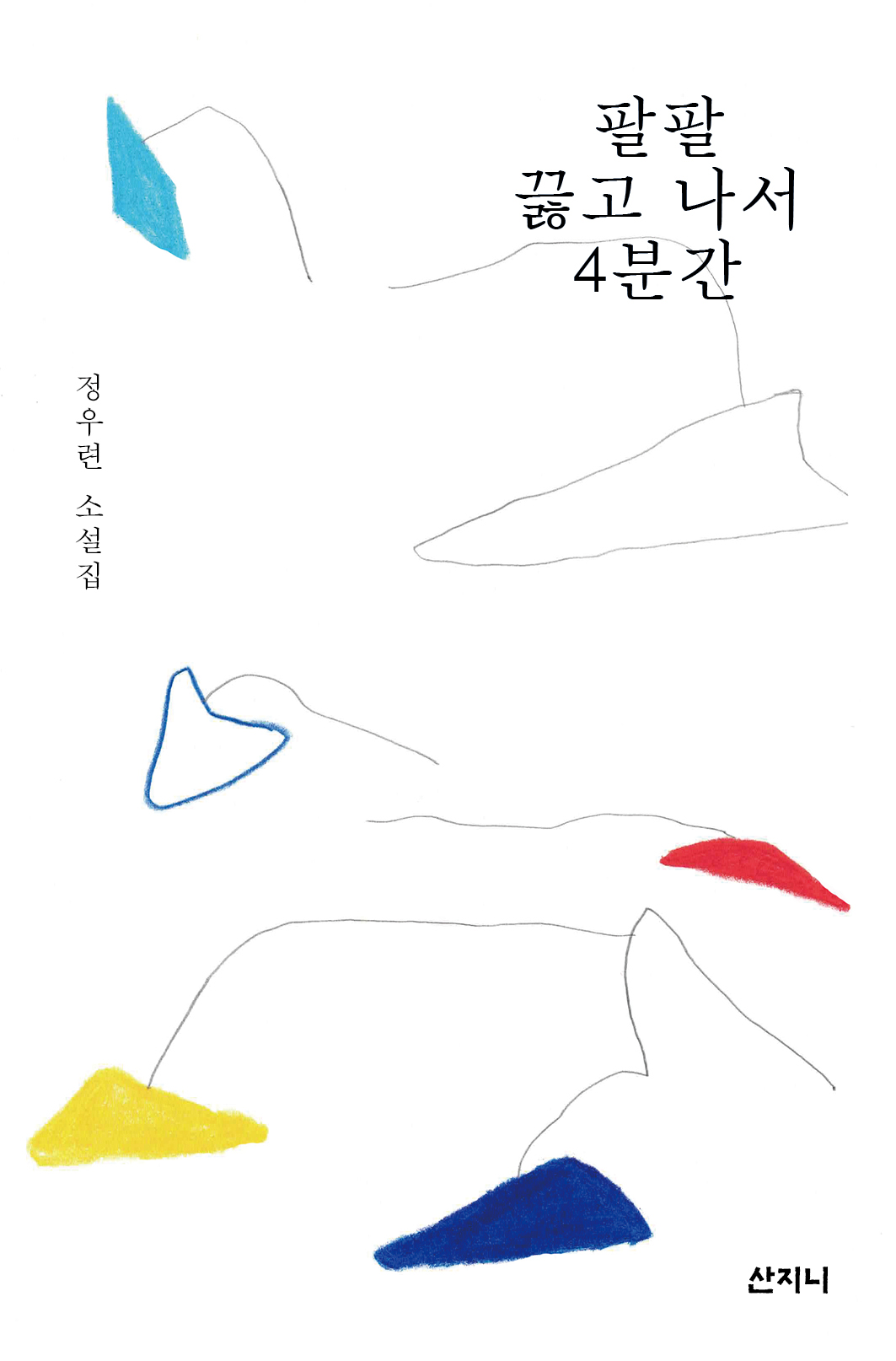
Four Minutes After the Boiling Point
Jung Woolyun
| Pages | 240 |
|---|---|
| Dimensions | 135*205 |
| ISBN | 978-89-6545-628-5 03810 |
| Price | 15,000KRW |
| Date | September 2019 |
| Contents | Short Stories |
This is the second anthology of short stories by Jung Woolyun the author of Empty House, which was published sixteen years ago, and after she spent a long time working on this book.
The narrator of the book by Jung Woolyun has multitudinous points of views. She is sometimes an innocent child, at times a middle-aged woman who is weary from the constant bickering of her husband, or a youth with her friend. They are all in one way or another an aspect of ourselves when we are at a point of boiling, if not before and after it. Reading her book makes readers reflect on the meaning and futility of those four minutes in life and love.
The title story, “Four Minutes After the Boiling Point,” tells the story of a college lecturer and the protagonist and their love which is passionate but fruitless after the blazing four minutes. The two characters initially become intimate with their shared experience of pain from abuse but they begin to grow apart. As the narrative follows the protagonist’s waning feelings, it is overlapped with her father’s life, which is close to coming to an end in a convalescent home. His life is expressed as “after four minutes,” and makes readers reflect on the loneliness of it, with the passing of one’s peak.
The author’s somber attitude toward life is also apparent in “Enticement of the First Time,” which delineates a day of an eighty-eight-year-old man who lives by himself. He exists outside the boundary of life and death and is steeped in inertia. He is thinking that the only appealing moment left to him is now the time of his death. The protagonist looks into the old man’s boredom and contemplates on her own life.
“Pain” is a story about the wife of a sculptor husband who lives a scarred life from the war. In the beginning, they loved each other so much that the other’s mere existence put a happy smile on their faces but as time passed, their traumas come to the surface and they grow to pity then hate each other. The author tells the story of people who have gone through their most passionate times and invites the reader to ruminate about one’s own traces of life.
The next story, “Mallae” focuses on the development of youth. It is told from the point of view of a child who writes love letters for a maid, Mallae, in the neighborhood. She is a witness to Mallae’s unfortunate life and becomes entangled in it; however, she in the end outgrows it and grows up. “Taming the Crow” is also about the growing pains of adolescent girls and the ensuing times of their lives.
While the author ruminates about the growth of the adolescents, she also looks back on her own development from the perspective of the present in the story, “Us.” She recalls her days of high school through an incident that happens at a reunion of the B Girls’ School of Commerce. “We” have all become middle-aged woman, yet they miss the bygone times and view those lonely and turbulent days with a positive attitude.
The last story in the anthology, “Full Load, is based on an actual incident. It is about a captain who is returning from the Indian Ocean with a full load of tuna. He rescues ninety-six Vietnamese refugees on a boat after dismissing the government and the company directive that he should ignore them. It delves into the inner conflict of the captain and who described saving the ninety-six lives as having achieved a true “full load.”
